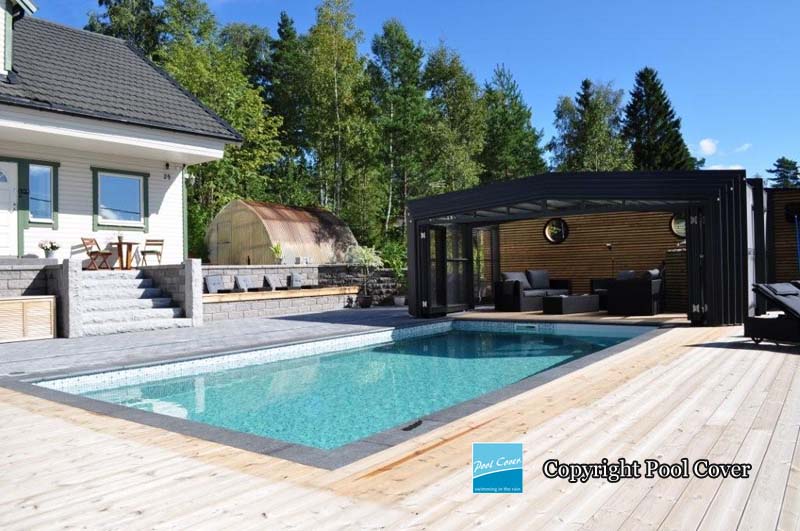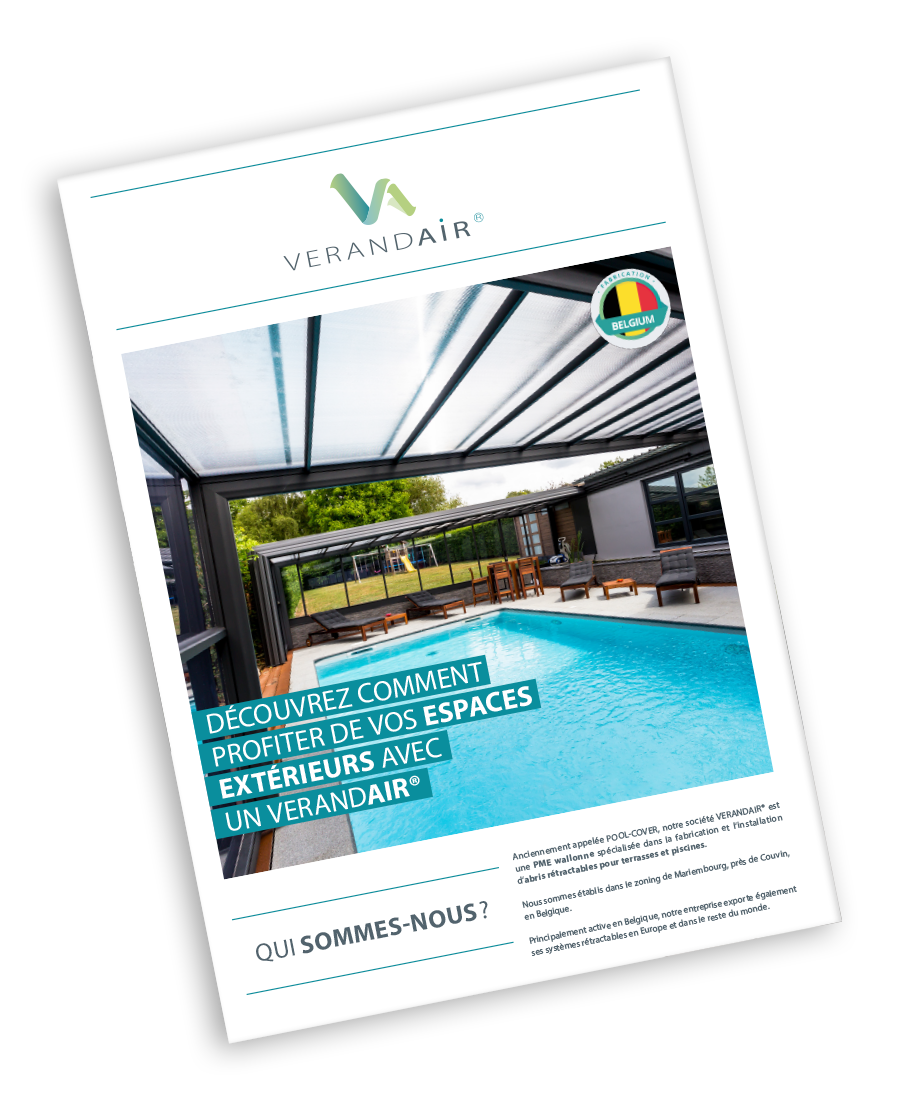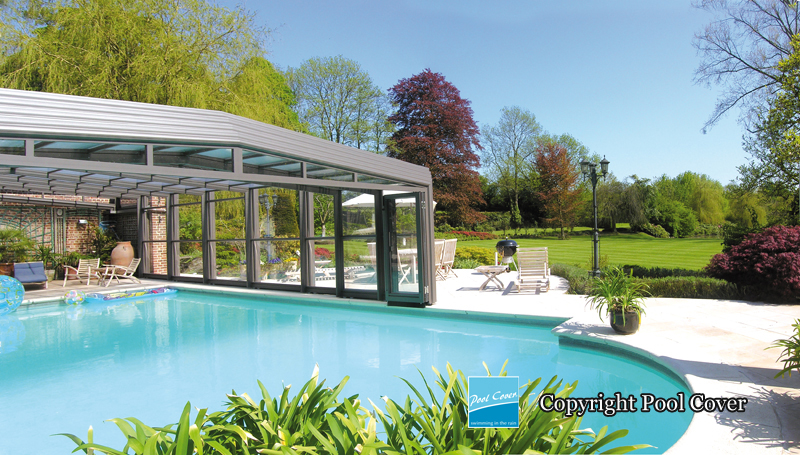A pool cover is essential to protect a pool from the risk of drowning. But beyond ensuring user safety, it can also offer other benefits: preserving water quality, extending bathing comfort beyond the summer season, etc.
Tarpaulin, net, shutter,… Here’s an overview of the different solutions available to ensure long days of swimming and months of peace of mind. Let us help you choose the perfect option for your pool!
Pool covers
There are four types of pool safety cover on the market.
Bubble tarpaulin or summer cover
The bubble cover is placed over the pond. Depending on its size, a winder can be installed at the end of the equipment to facilitate handling (winding and unwinding).
Ideal for the summer months. Thanks to its bubbles, this type of :
– heats water ;
– retains its heat;
– limits evaporation.
Please note: a bubble blanket is not suitable for securing the bathing area.
Winter tarpaulin
The winter cover can be fastened to the edge of the pool using straps. It consists of a flexible fabric that can be opaque or filtering. Opaque, it prevents the growth of algae. Filtering, it lets rain through, but retains all kinds of debris such as dead leaves.
The bar cover
The bar cover is a versatile tarpaulin:
– it ensures pool safety, thanks to the aluminum bars that give it its rigidity.
– protects it from impurities while limiting the proliferation of algae.
– it provides thermal insulation for the water.
Note: this type of protection is fragile. In heavy snow, the bars can bend under the weight of the snow.
The shutter or curtain
The shutter consists of PVC slats that glide over the water and cover its entire surface. They wind and unwind around a shaft, installed above ground or submerged at the end of the installation. Multi-purpose shutters;
– quickly secure an installation;
– limit cooling and water evaporation;
– prevent algae growth, etc.
Note: submerged covers are generally installed at the same time as the pool is built, while above-ground covers can be installed at a later date.
Pool enclosures
Lightweight, enclosed veranda-type structures. This safety device is placed above the system, covering it completely without direct contact with the pool.
The frame can be made of wood, steel or aluminum, and the glazing of glass, polymer or polycarbonate.
This equipment is available in various models: low, mid-high and high shelters.
It offers several advantages. Closed :
– it secures the bathing area by making it completely inaccessible;
– it optimizes winter storage by protecting it from bad weather (rain, frost, etc.) and external pollution (insects, dust, etc.);
– This facilitates maintenance and reduces the need for chemical treatment products;
– it maintains or warms the water temperature in an environmentally-friendly way, thanks to the composition of its structure, which creates a greenhouse effect;
– it offers year-round bathing (high shelters).
Caution: whatever device you choose, store your stock of maintenance products (chlorine, pH corrector, etc.) out of reach of children and pets.
The pool fence
The safety gate is installed around the pool, leaving a traffic perimeter. Fitted with a security gate, it blocks access to the plant.
Warning: be sure to lock the gate after each swim to prevent unauthorized access to the equipment.
Pool alarm systems
There are three types of security alarm on the market:
– the perimeter alarm, which is triggered when a person crosses an infrared line;
– the talking alarm, which alerts you by voice message when someone approaches the pool;
– the underwater alarm, which sounds when someone enters the pool.
The alarm is referred to as a security system. However, it does not prevent access to the bathing area. Instead, use it to reinforce another safety device.
Warning: always reactivate the alarm after each swim.
Tip: in the event of an accidental fall, a person must be able to react quickly. Always keep a buoy and a pole nearby, in case of emergency.




